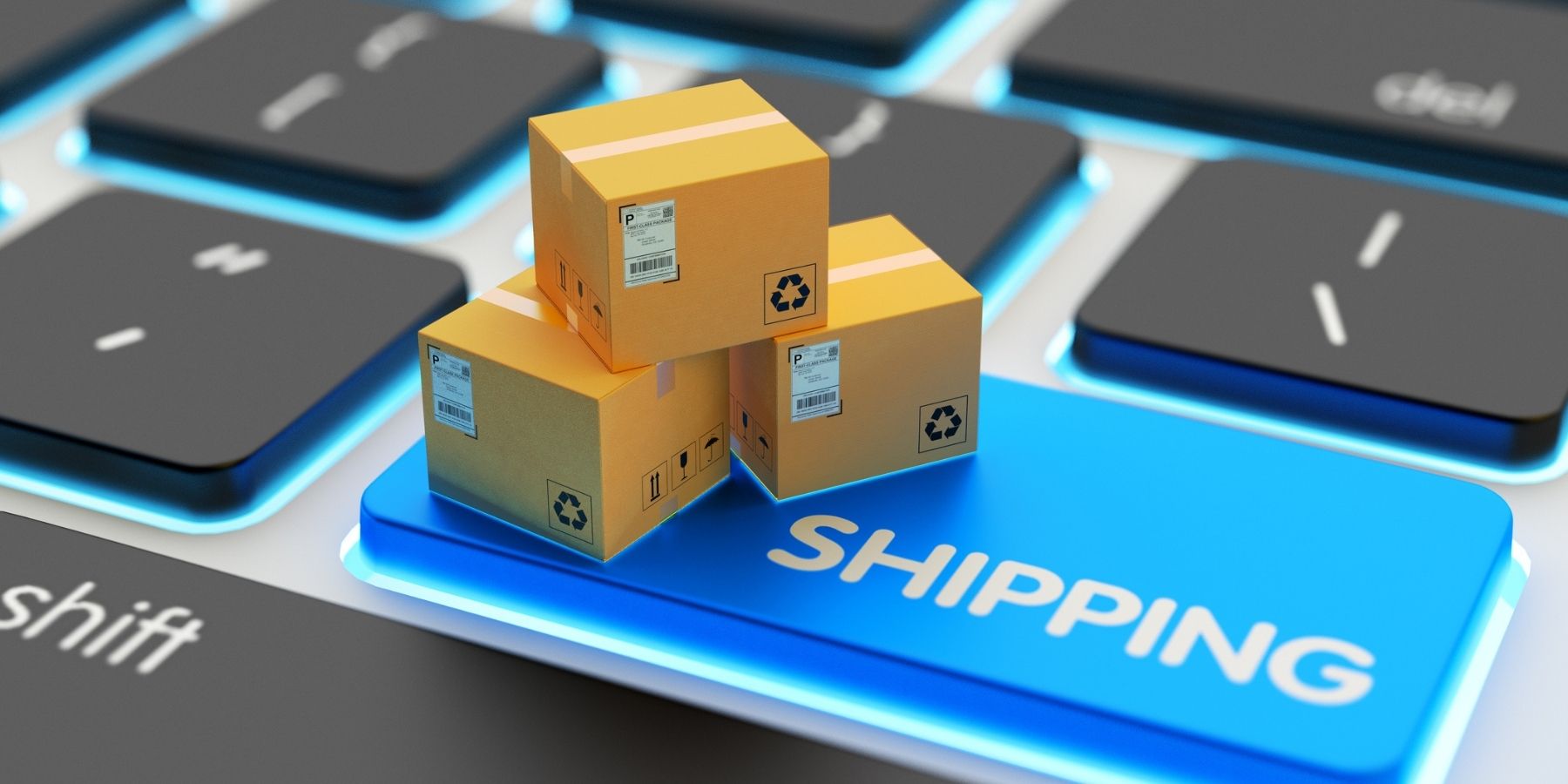When a customer places an order and fulfillment begins, your shipping lead time clock has started ticking. So how are lead times created, and what do you need to consider when configuring them for your shipping strategy?
A shipping lead time is the length of time retailers set aside to go through all the processes between receiving an order and shipping it out.
Because lead times affect every step of the fulfillment process, many merchants (especially those that ship internationally) invest heavily in decreasing this timeframe. Getting this part right is crucial for retailers in an increasingly competitive market – and a great way to gain an edge. By decreasing your lead time, you can speed up turnover and improve productivity.
However, shipping lead times can be affected by a number of factors, each of which can make significant differences in the time it takes to fulfill an order. Here’s what you need to consider to reduce this number and be more efficient during picking and packing.
What Affects Shipping Lead Times?
With more and more online sellers guaranteeing fast delivery via next-day or same-day services, it’s common for retailers to aim for similarly short lead times. But in order to keep customers satisfied, you need to take a step back and evaluate.
Are you 100% sure you’re thinking about everything necessary to reduce this timeframe? Depending on what you sell and where your primary customers are located, you may simply have more rigid lead times.
While some retailers custom-make everything they sell, others simply dropship items from a warehouse within a matter of minutes. But no matter what you do, you need to carefully build and iterate on your shipping lead times to provide the best experience for your customers.
Processing + Handling
Sometimes, lead times and “processing and handling” can be the same thing. In other cases, they are just one element of the equation.
Effectively, this is a blanket term used by retailers to imply anything that doesn’t involve physically picking and packing orders and sending them out. This includes things like paperwork, software processing and managing order backlogs.
The key here is to be more organized – and automate as much as you can – during this step of the fulfillment journey. Retailers who want to shorten lead times can rely on tools that streamline their fulfillment operations.
This includes software, like ShipperHQ, which helps merchants automatically pick out the best fit box for every order and calculates rates based on the closest warehouse location to a buyer.
Transportation Lead time, Delivery Lead Time, and Logistics Lead Time
Delivery lead times, transportation lead times and logistics lead times are all different terms for the part of the process involving a carriers’ ability to pick up and dispatch packages.
It’s important to understand your carriers’ processes and calendars to build accurate lead times around them. That means considering carrier capacity, pickup days, and any relevant carrier blackout dates.
Typically, delays can often fall into this part of journey. This is because it includes the physical delivery of the goods, or last-mile delivery.
Supply Chain Factors
If you get your products from many sources, you could be slowing down your fulfillment process and lead times unknowingly.
Consolidating supply vendors, or operating on a dropshipping model, both can play a significant role in improving efficiency. Delays in production or warehouse delivery, in addition to quality issues, are all also things to look out for.
When calculating shipping lead times, you need to account for anything that affects your ability to have products ready to ship out on the fly.
Delivery Speed
For orders placed with overnight or expedited services, your shipping lead time will likely need to be shortened. This may result in prioritizing picking and packing these orders before economy shipments.
Because of factors like these, lead times vary heavily based on products ordered, shipping speed, origin and destination, and more.
If you’re doing cross-border shipping, you also need to account for delays that might occur in customs, quarantine, or inspections.
What Do Consumers Expect?
As technology improves, customer expectations continue to skyrocket.
Today, it’s table stakes for retailers to offer order tracking, guaranteed delivery dates, and an option for free shipping. Of course, customers also expect speed with next day delivery and two-day shipping becoming standard.
While it’s tempting to advertise short lead times, be sure to leave room for unforeseen issues. Almost half of consumers say they’re unlikely to order from a retailer again if a package arrives late. That means that getting it wrong just once could lose you a client for life.
There are many approaches to shortening lead times. Warehouse management tools can expedite picking and packing. And, shipping software like ShipperHQ can help with automating the shipping and rating process.
ShipperHQ’s features like Address Validation and Shipping Rules can help make the process smoother and shorter so you’re more likely to convert buyers.
Ready to take full control of your checkout experience? Sign up for a free 15 day trial of ShipperHQ.






